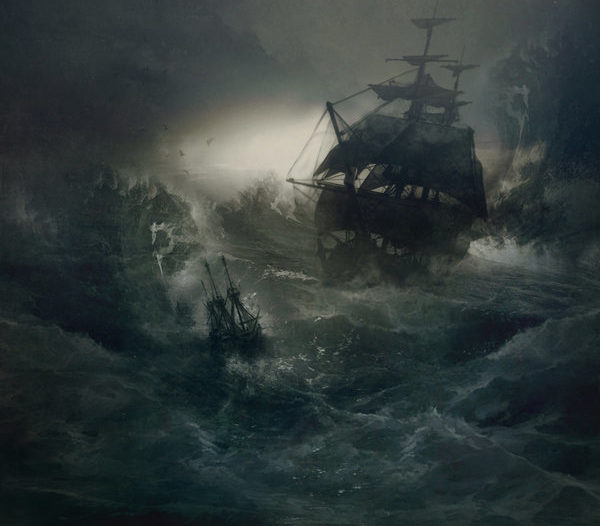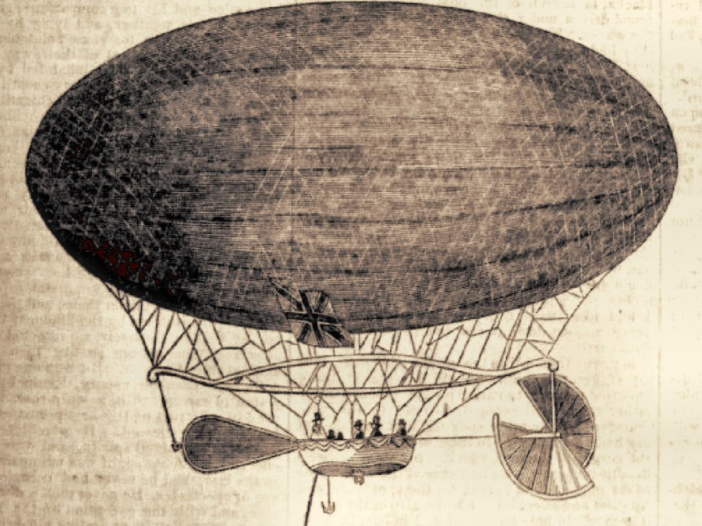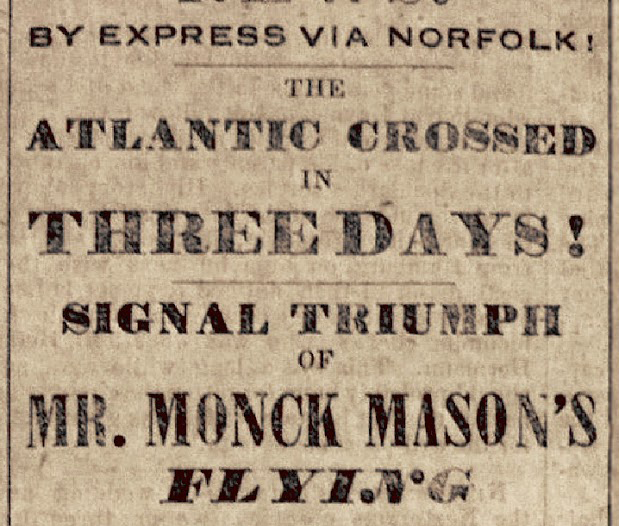An excerpt from Murray Ellison’s 2015 MA Thesis from Virginia Commonwealth University on Poe and 19th-Century Science ©
Poe’s tale, “Some Words with a Mummy” (1845) provides one of the most revealing views about the low value he places in nineteenth-century science. Although the unnamed narrator of this short story, who also speaks in the voice of Mr. Poe, does not go anywhere special, he imagines that an ancient Egyptian Mummy is revived by an electro-voltaic shock to reflect on the relative values of ancient and nineteenth-century technologies, and is brought to his house in New York. This ...
The Poe Museum Blog
A Look at Poe’s “MS. Found in a Bottle”
Excerpt from Murray Ellison’s 2015 VCU M.A.Thesis on Poe and 19th-Century Science ©
"The captain’s gray hairs are records of the past, and his grayer eyes are Sybils of the future. The cabin floor was thickly strewn with strange, iron clasped folios, moldering instruments of science and obsolete long-forgotten charts"
- "MS. Found in a Bottle" by Edgar Allan Poe (1833)
Several researchers have proposed that late eighteenth and early nineteenth-century Gothic writers (a sub-genre of the “Romantic” writers) inform Poe’s views of the horrors and uncertainties of science (Gewirtz, Tresch, ...
Poe’s Balloon Hoax – Part II
Written by Murray Ellison, 2015
As noted in Part I of this column, J. Harris was one of the many researchers who connected Locke’s “Moon Hoax” with Poe’s April 1844 New York Sun columns on the “Balloon Hoax.” As Eric Carlson comments, “In the considerable rush for copies” for the “Balloon Hoax,” they “were sold for as much as fifty cents each” (260). This would be equal to at least $15 a newspaper today-even more than charged at most airports! Poe’s anonymous story “was written in the style of a journalistic flash, since the Sun extra edition gave all of the signs of being a real ...
Poe’s Great Balloon Hoax – Part 1
This article is an excerpt from Murray Ellison’s VCU MA Thesis on Poe and Nineteenth-Century Science, ©2015
Near the end of his journalistic career, Poe was likely running out of actual science reports to write about that would excite the public’s interest in science as spectacularly as his fictional stories did. Perhaps, by that time, his imagination far exceeded science’s ability to create new inventions. His 1843 “Balloon Hoax” story demonstrated that sensational quasi-scientific newspaper reports could command the public’s attention in ways that even he could have never imagined. By ...




